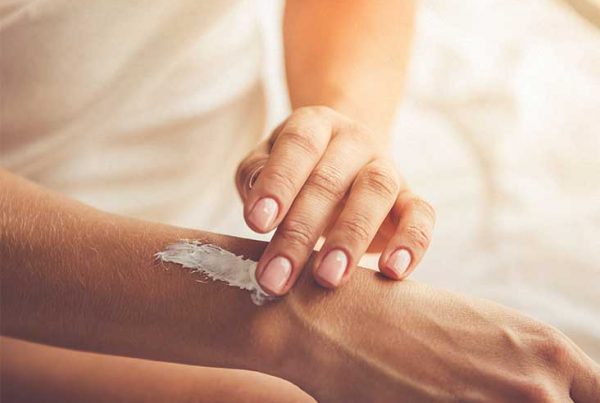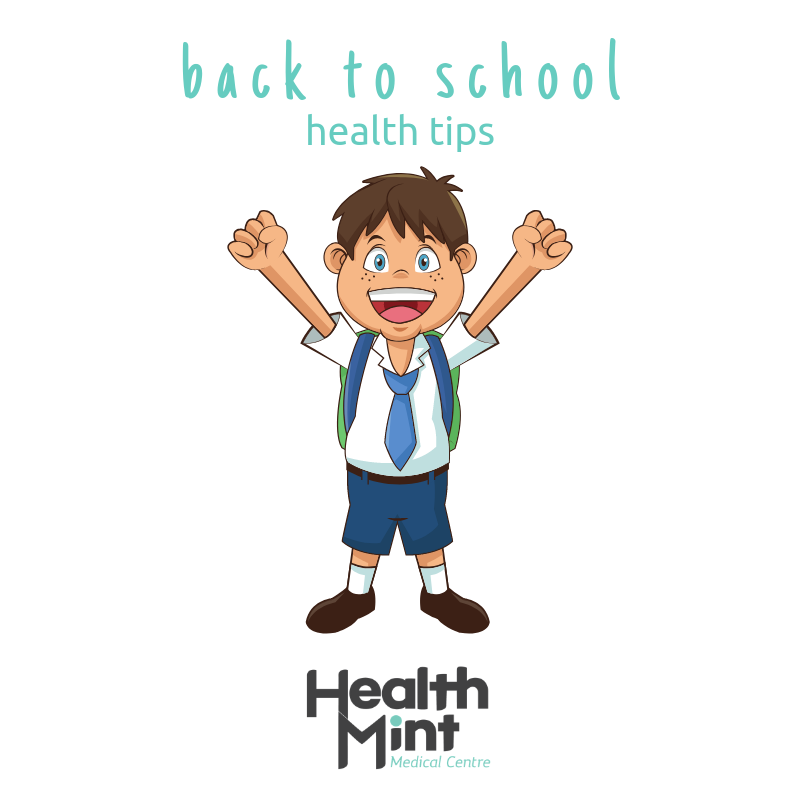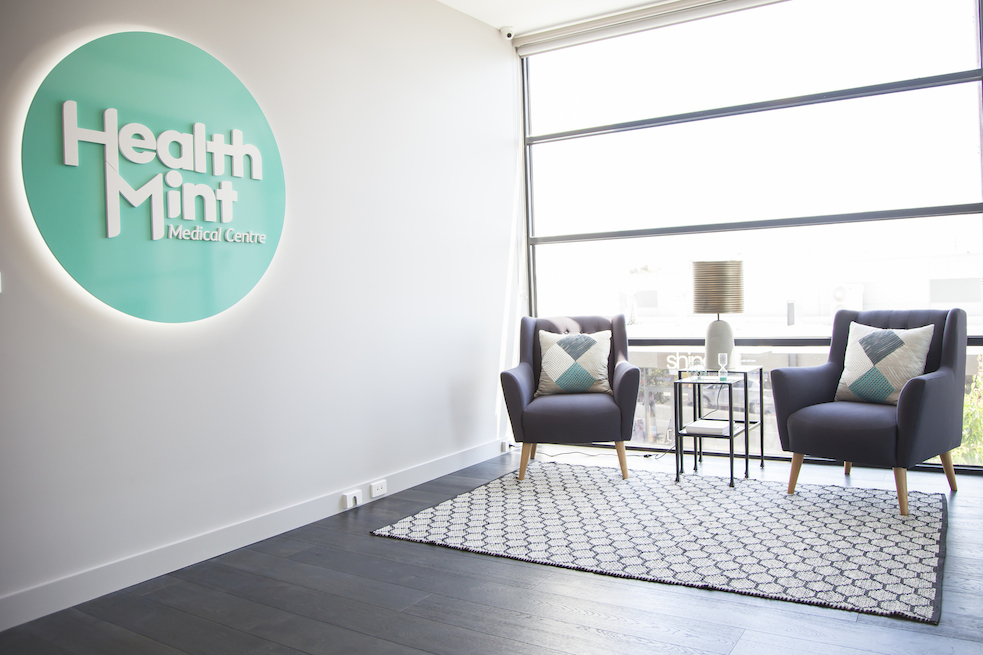
This week has been a massive milestone at HealthMint Medical Centre in Cranbourne North. We have celebrated an incredible 4 years since the doors to the clinic opened. What an adventure it has been, and continues to be!
Founder and co-owner Chantelle Brott sits down to share her thoughts and reflections on the last 4 years of the HealthMint journey…
The birth of an idea
I was 25 years old, and finishing off my final semester of Science/Law at Monash uni, when Paul and I opened HealthMint. That makes it sound like I have a very high stress tolerance. I don’t. I just felt this strong and impossible-to-ignore pull to get out there and get started on our dream of vastly improving the healthcare system. I’m also pretty impatient, and felt that every day we hadn’t opened was another day we had lost an opportunity to create change. We have now reached our 4th birthday and are on the cusp of re-shaping our whole business for future growth. So this feels like the perfect time to look back, reflect and share some things that very few know about me and what has gone on behind the scenes of HealthMint in the last four years.
Most people who interact with HealthMint wouldn’t know who I am. But my fingerprints are on everything. My name is Chantelle and my husband (at the time, boyfriend) Paul and I opened HealthMint as equal partners in 2015. Most people are blown away by the fact that two people who weren’t even engaged would go all in on something like this together. But in our story, it makes perfect sense.
The HealthMint spark is ignited
Paul and I met in 2011 and came up with the idea for HealthMint around 2013. When we spent time together early on in our relationship we would spend hours talking about business, innovation and the healthcare system. It was like a fuse had been lit. We knew with absolute certainty that we had to and wanted to give life to our ideas. So we started spending time drafting concepts, business plans, area analyses, searching for sites and seeking out everything we could possibly learn about business. In secret. That’s right, we decided to take on this massive project, and we didn’t tell anyone for a long time. In some ways, that made it even more exciting.
My memory of how we pulled it all together is a bit blurry. At one point we met a bank representative at a business seminar (that led to us being able to source financing for our Cranbourne site). At another point we were bouncing between builders and architects and furniture shops and Medicare.
Growing the seed
I almost can’t believe this as I write it down, but we didn’t even have any employees around 2-3 weeks before being due to open our doors. We had very little idea of what to look for when interviewing our first reception applicants, but our gut feel didn’t let us down, and that’s how our first star receptionist (Jaymee) came on board. We’ve grown a lot together, and after opening with 4 people, including ourselves, there are now 22 (incredible) people in the team.
Designing the dream
Every large and tiny element you see when you interact with HealthMint was thought through by us. From plotting out the layout of our consulting rooms in my parents living room, to the size of the skirting boards and shade of paint on the walls. Everything has a thought process and a reason behind it. We also took a lot of risks. We really didn’t know before trying it out whether the concept of a mobile healthcare concierge would work.

We were also told by every IT company that we approached that setting up the existing medical software to work through wireless tablets (our goal) was impossible. They advised us to have, you guessed it, the big chunky desktop computer that you see at every other clinic in Australia, connected by Ethernet to the wall.
But I knew in my heart of hearts that to achieve that feeling of connection, by having doctors and patients sit face to face, and the feeling of attentiveness, by having patients in the centre of the room, that we had to find a way to get rid of that desk. Most people don’t know this, but we went out and purchased a surface pro tablet, set up a dummy server at home and a test environment of the medical software and Paul tinkered with it for hours on end until he got it working. That was a very emotional moment for us, because we knew right then that our whole concept was possible. Four years on, and we are still the only medical centre in all of Australia to have the whole team working through wireless tablets.
Growing pains and triumphs
As most small business owners would understand, we have had some incredible highs, but also some very deep lows. I won’t go into too much into detail, but the pain of business and people coming and going can sometimes be so sharp. It can also be very tiring. There were months where Paul consulted 6 days in a row and we would then spend Sunday catching up on business management. We even had to cancel our honeymoon at one point. Thankfully, a few weeks prior, we were able to arrange cover.
Since opening our doors we have achieved things I didn’t even know we would need to achieve. I now have a kick-ass system for interviewing and hiring, have taught myself how to create digital document automations that save me hours for on-boarding, and I’ve even become pretty efficient at video editing. And that’s just the tip of the iceberg. We also have 250+ written systems that specify nearly everything that every team member needs to follow to deliver our signature, personalised and high quality healthcare experience. We’ve even been showcased on channel ten news, channel 7 Sunrise and 3aw.
We’re still working out our next moves – but we have this massive dream goal of some day having 100 HealthMints around Australia delivering the highest quality care, the best patient experiences, constantly innovating and shining a light on just how great healthcare delivery can really be. We want to create a future where the next generation is never afraid of going to the doctor. Where people feel confident that there are clinics nearby where they will be heard, taken seriously and know that their health is in good hands.
Being the change
I’ve been lucky, I’ve got an amazing family GP who I trust and who is there for me. Most of my friends and the people I know don’t have that. A few days ago my brother in law told me he can’t even remember the name of the GP he was seeing. We’ve got to change this. Our population is living longer, and there will be more and more elderly people. No workforce is better placed to keep us well and keep us out of hospital than our first line of defense – GPs. But with little true competition and the rise of bulk billing, the General practice industry has become a numbers game. Less money from Medicare relative to inflation + more patients per hour = we can keep going. This has created a conveyor belt of commoditised care (where people are just numbers) in many circumstances.
You’ve got to wonder how much a place cares about you when they put out an old plastic chair, ugly carpet, neon lights and a 50 minute wait time as your greeting. But Paul and I, and now the team beside us, believe that we can change this.
HealthMint isn’t just a business started by 2 young and somewhat naive dreamers anymore. Now it’s a movement, with nurses, concierge, doctors, psychologists and other practitioners who all believe that by looking at healthcare from a different perspective, we can make things so much better than they are, and help thousands of people reach their potential.
Our second site is on its way, and I’m looking forward to seeing what the next 40 years brings.
P.s. if you connect with our story, please reach out to me


Want more information?
Call (03) 5611 3365 to speak to a friendly patient concierge
or book an appointment here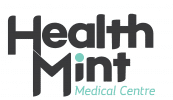




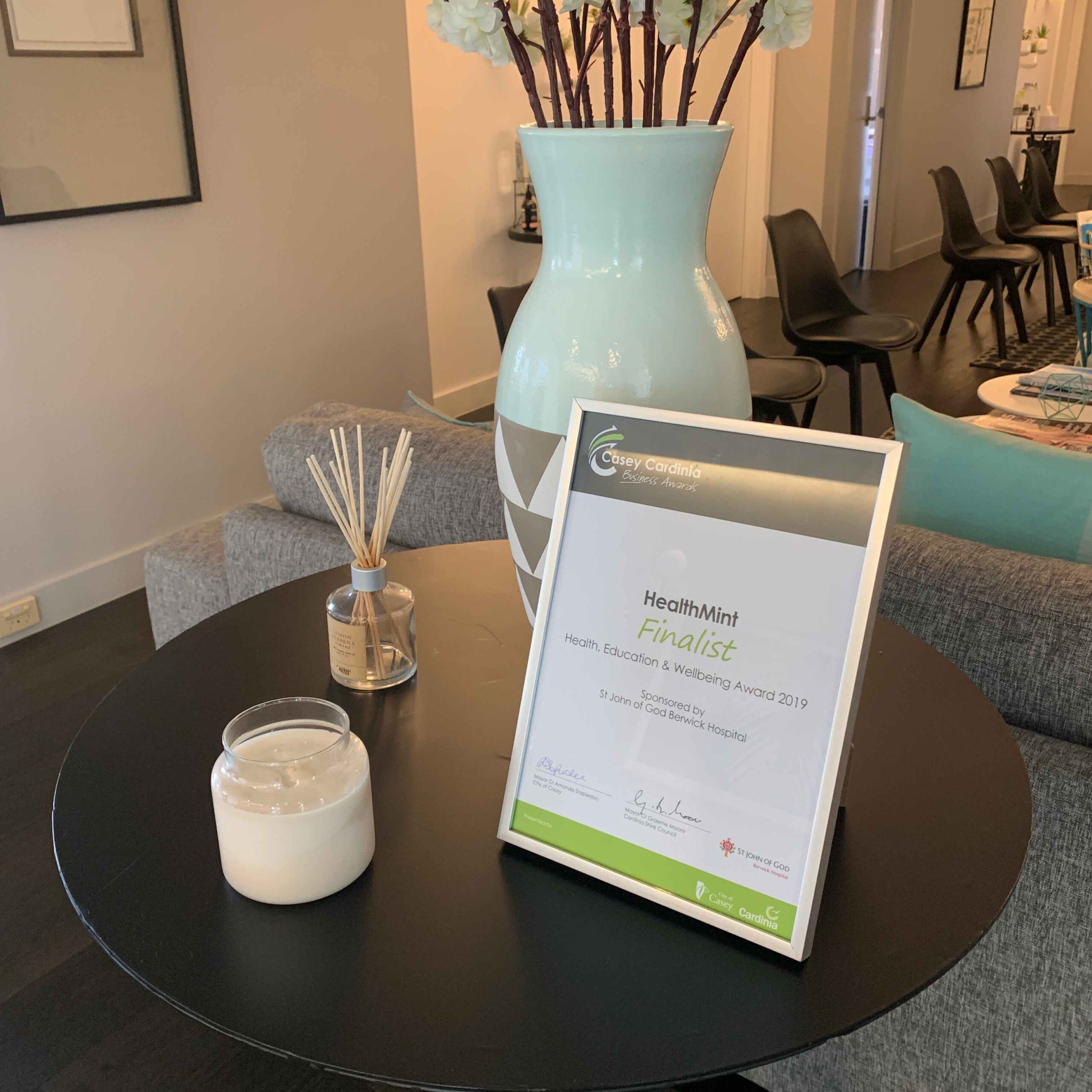





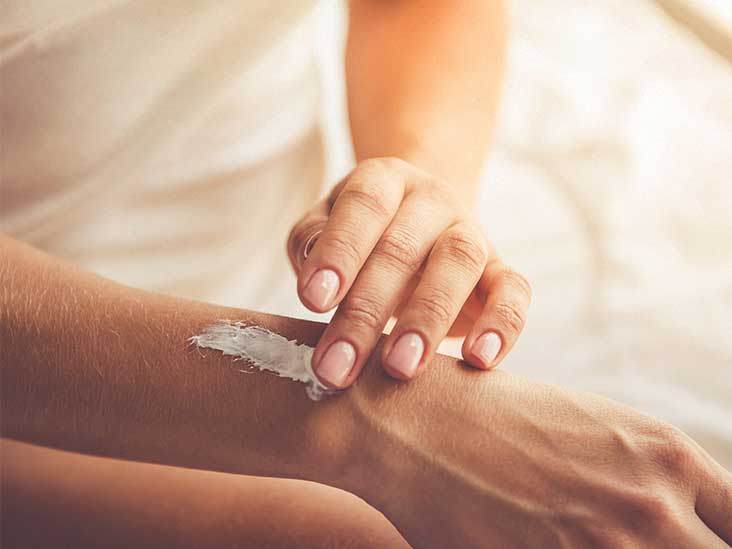





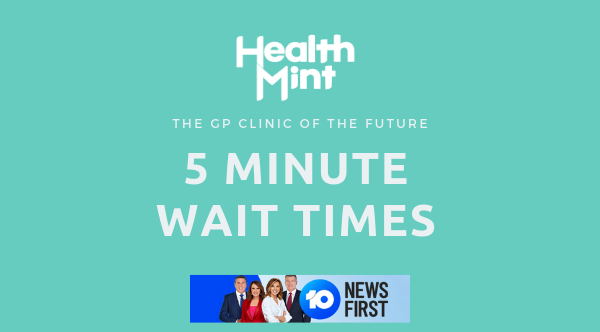

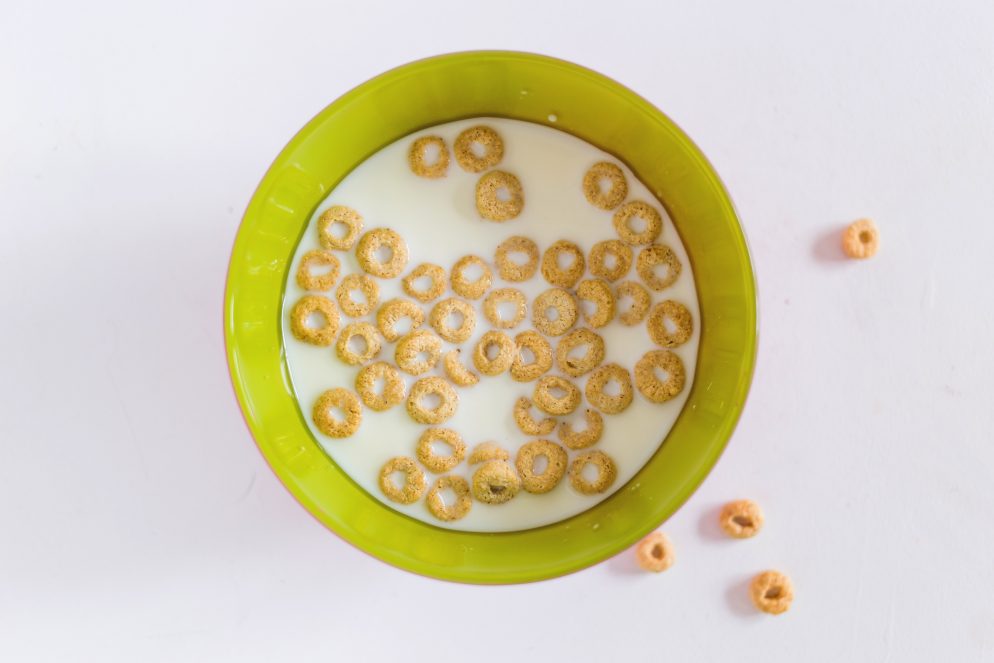

 Stacey was seen by Dr Paul Tescher who did a full skin check – checking every mole on her body. “He was concerned about a small mole, only 3mm in diameter that I thought looked just like a freckle”. A couple of days later the conspicuous mole was removed and sent off for testing.
Stacey was seen by Dr Paul Tescher who did a full skin check – checking every mole on her body. “He was concerned about a small mole, only 3mm in diameter that I thought looked just like a freckle”. A couple of days later the conspicuous mole was removed and sent off for testing. 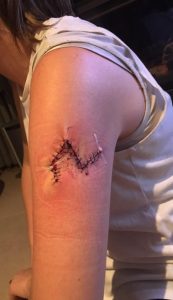




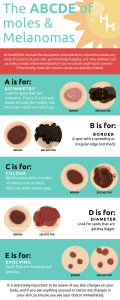
 order to take in and absorb Vitamin D which is crucial to your health. However it is recommended to do this in the earlier hours of the day and in the evening when the sun is not at its strongest.
order to take in and absorb Vitamin D which is crucial to your health. However it is recommended to do this in the earlier hours of the day and in the evening when the sun is not at its strongest. 
